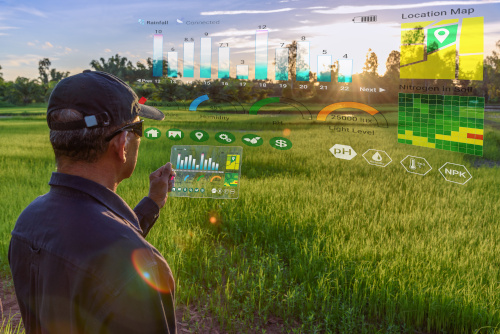Immersive learning experiences are a new type of educational experience that can be used in place of traditional lectures and classrooms. Immersive learning is meant to mimic the real world by providing students with an environment that is as close to reality as possible. It’s designed for learners who are interested in hands-on experiences, problem-solving, and discovery over non-traditional methods like reading textbooks and listening to lectures from a professor.
There are also many potential applications of immersive learning techniques in schools. This article will discuss what immersive learning is, how it changes the classroom experience, and some current use cases of immersive learning.
What is immersive learning?
Immersive learning provides realistic settings in which students can participate in situations and simulations. Immersive environments are created with artificial stimuli such as sounds and images that make users feel physically present in the virtual world. Let’s look at some of the most common types of technology involved in immersive learning techniques:
Augmented reality augments real-world surroundings into a user’s device and enhances reality by incorporating digital features.
Virtual reality creates digital simulations in a headset, allowing users to be fully immersed in a virtual environment.
Mixed reality blends AR and VR to make virtual interactions seem more lifelike. MR enables digital and physical objects to coexist and interact in real-time.
3D immersive learning is a method that encourages extensive learning by using 3D visuals and simulations to give users an immersive experience.
How immersive learning changes the classroom
Immersive learning covers a wide range of topics. For example, it teaches people how to operate a forklift and other heavy machinery, control airplanes in flight simulators, and resolve conflicts in an office setting. Immersive technologies enable learning in nearly any scenario, which is one of the major benefits. There are several other benefits of immersive learning methods, but here are just a few:
Better knowledge retention: With immersive learning techniques, information is usually better retained than when learning with traditional methods. VR is in the top two with learning retention of 75 percent, according to a 2020 study. While lectures have learning retention of just 5 percent, and reading has learning retention of 10 percent, VR training is only surpassed by learning that occurs via teaching others, where learning retention exceeds 90 percent.
Increased motivation: Immersive learning experiences make education generally more enjoyable. With immersive learning technologies, educators can create exciting ways to deliver information. According to a 2019 study, this type of information delivery creates positive experiences that lead to higher motivation and willingness to learn and participate in educational activities.
Distraction-free world: Being immersed in a virtual world makes it easy for learners to tune out distractions. As mentioned earlier, immersive learning experiences create interesting scenarios that are usually fun and motivating for the user, so it’s easy to ignore the usual distractions that cause minds to stray from the learning material.
How immersive learning is currently being implemented
Immersive learning can be used in almost any scenario. Here are some notable ways that immersive learning is currently being utilized:
Virtual field trips: Geographic location, safety, and budgetary constraints prevent specific environments and concepts from being explored with a field trip. However, the capacity to do so with VR opens up a whole new world of learning opportunities. Field trips can help students comprehend complex topics.
Vocational and life-skill training: Certify-ED is an online school that provides VR courses that allow users to receive training in certain career paths such as welding, nursing, culinary arts, drone flying, and many other topics. They also provide courses to train life skills such as laundry, scheduling, and more.
Astronomy courses: Some disciplines, like astronomy, are difficult to understand since the material is abstract. However, VR, AR, and other forms of immersive learning can help students better understand abstract and dynamic topics.
History lessons: Immersive learning allows students to learn about historical events and places throughout the globe. Teachers can plan lessons that take students back in time to learn more about historical subjects.
Education for students with special needs: One example near to my heart is The Dan Marino Foundation. The DMF has a VR program that mimics a job interview for its students who have autism or other developmental disabilities. The ability to practice with an avatar provides them with more confidence in their communication and interviewing skills.
The future of education
Immersive learning is a fantastic method for individuals of all ages and experience levels to acquire new skills. Immersive technologies are becoming more prevalent due to technological advancements such as cheaper VR equipment and improved mobile technology.
These developments enable instructors to harness the power of immersive learning and learners to study without boundaries and reach their full potential. Immersive learning can significantly enhance learning effect and engagement, and it makes for a great learning experience.
- 4 ways to encourage play in education - April 25, 2024
- CoSN IT Leader Spotlight: Lisa Higgins - April 25, 2024
- It’s time to pay student teachers - April 25, 2024

